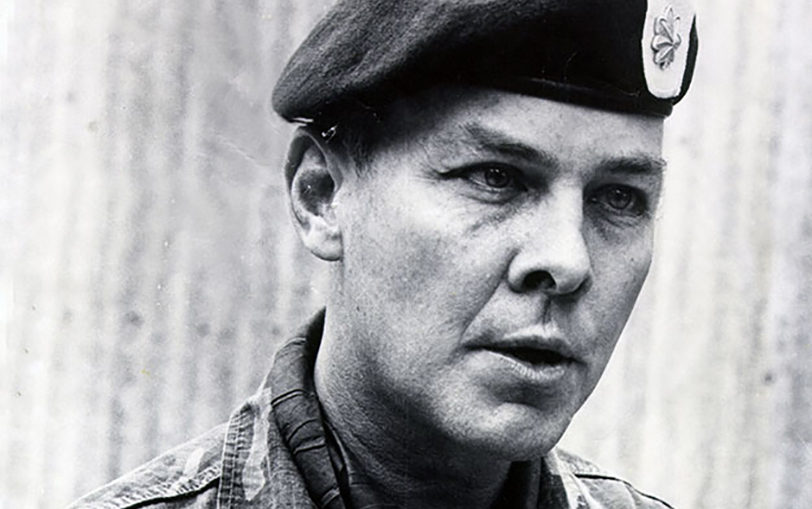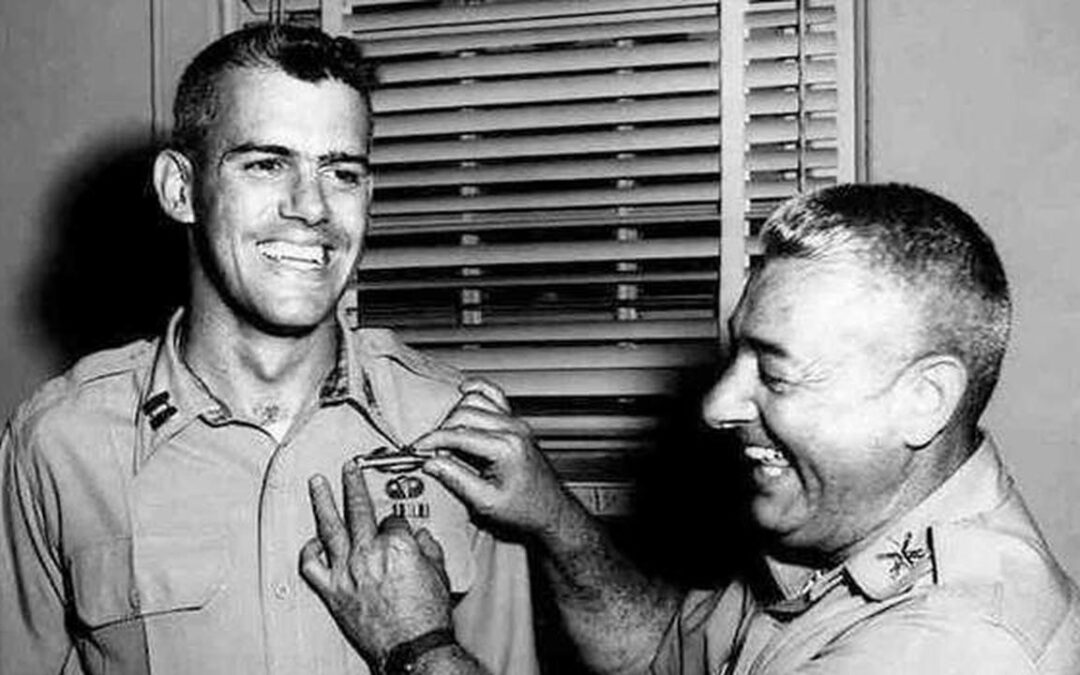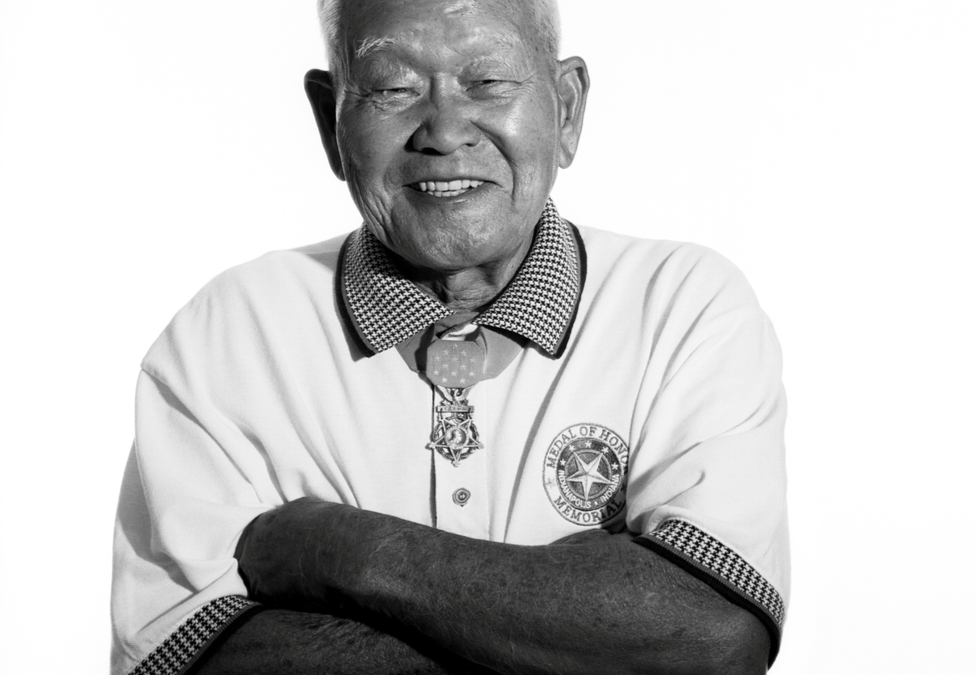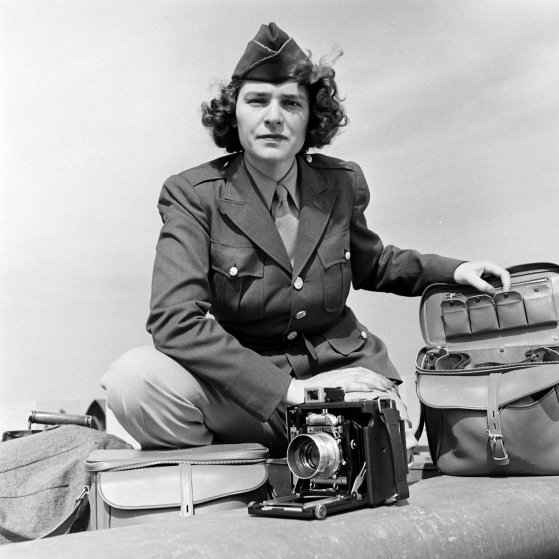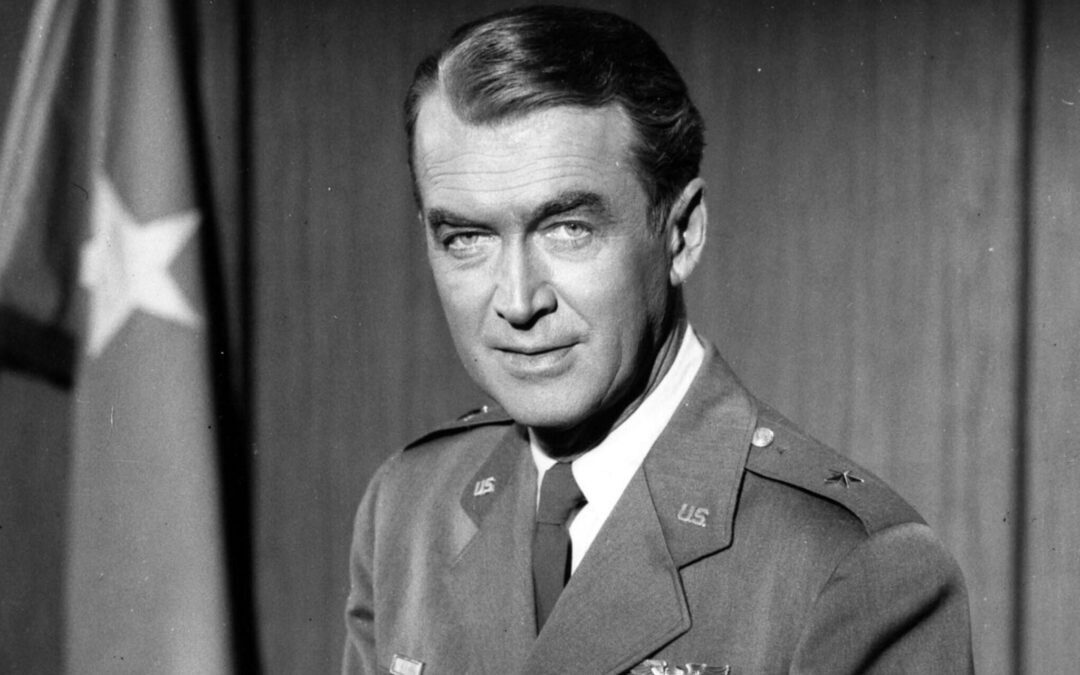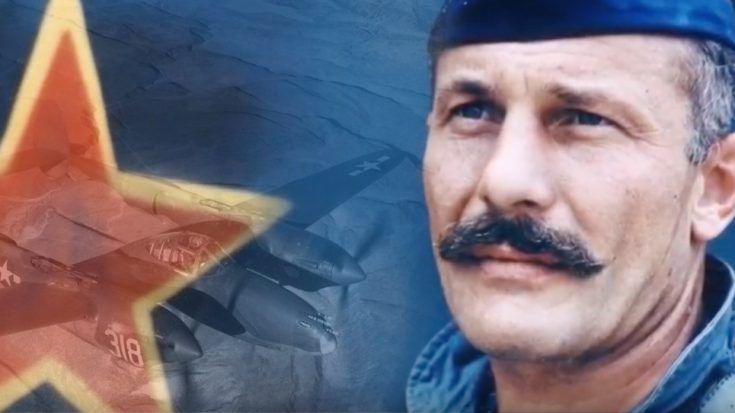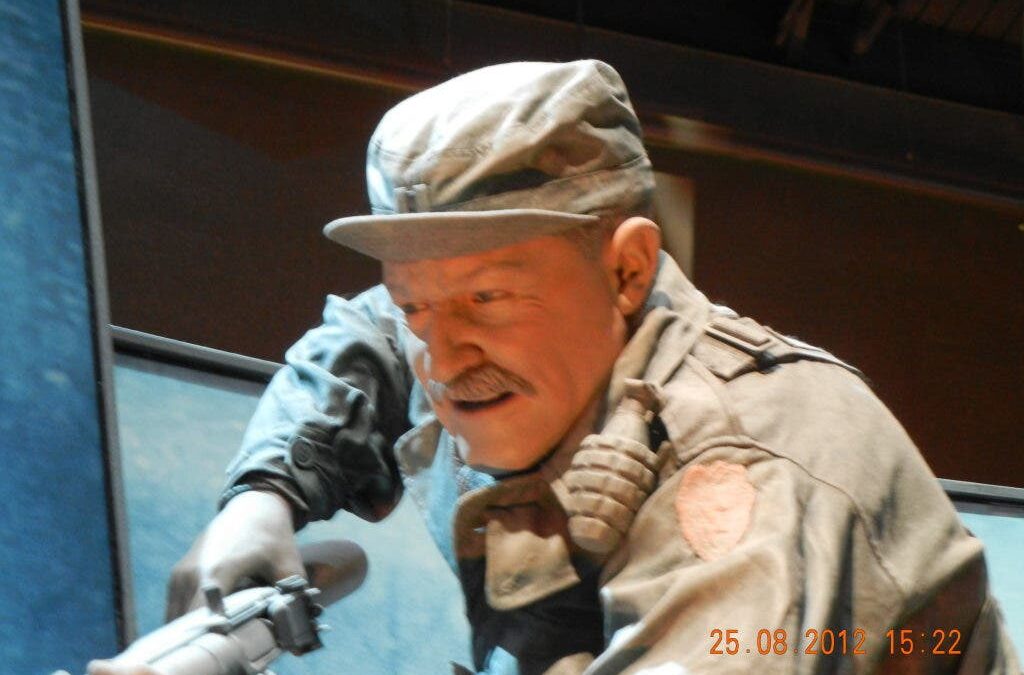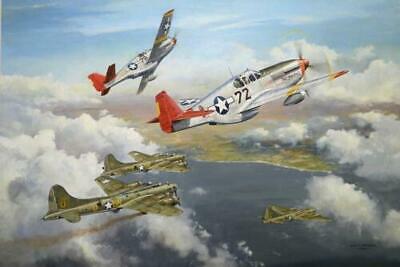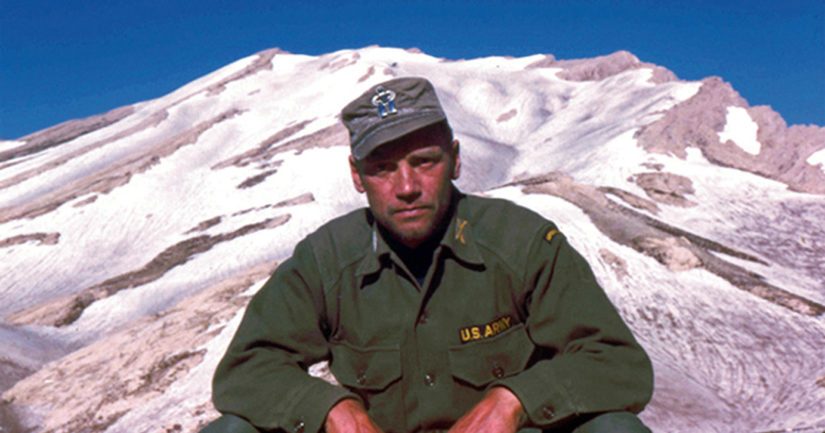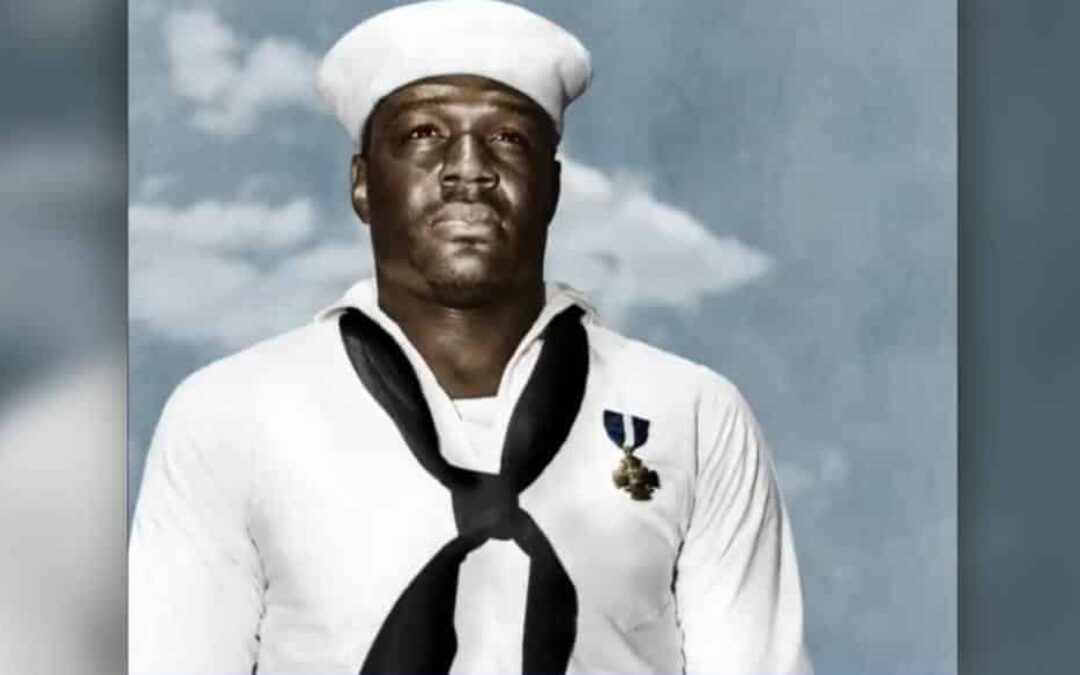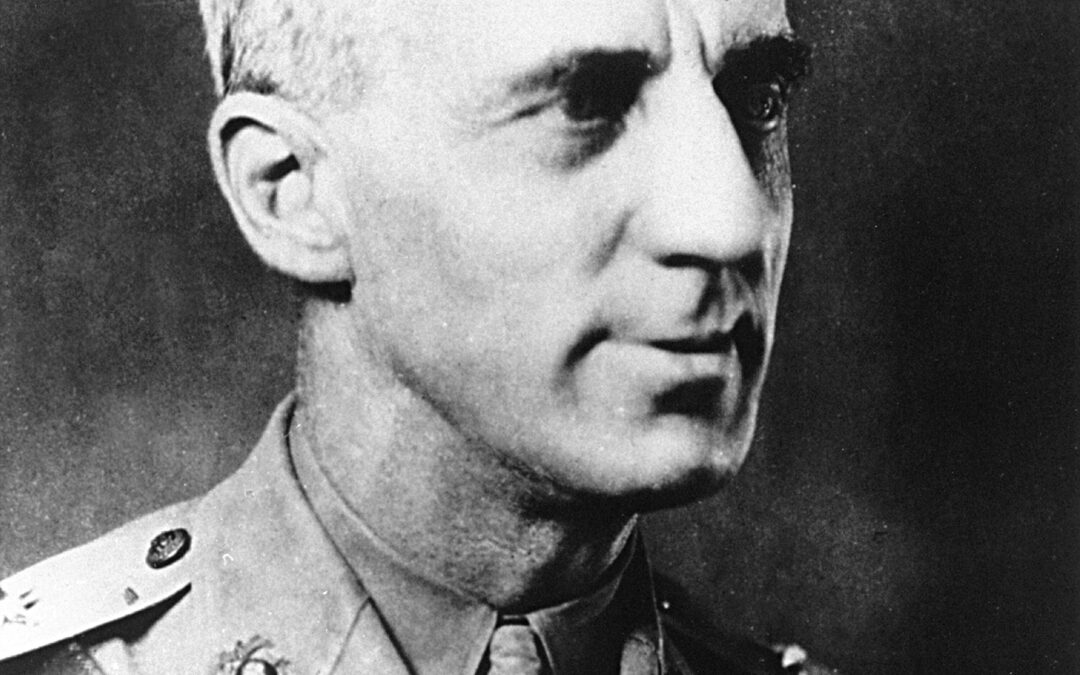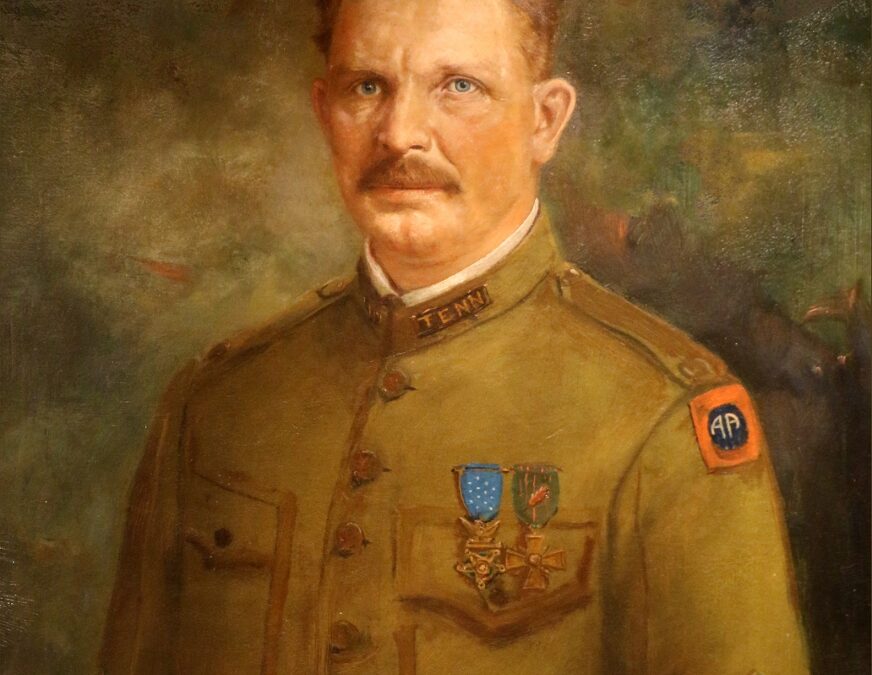Throughout the Vietnam War, the United States estimated that more than 2,500 American service members were taken prisoner or went missing during the Vietnam War. North Vietnam acknowledged only 687 of those unaccounted for. Most of them were returned during Operation Homecoming in 1973 after the Paris Peace Accords ended U.S. involvement in Vietnam. Of those 687, only 36 U.S. troops managed to escape their captors in North Vietnam and Laos. Of course, there were other attempts, but only those 36 made it back to American lines. One of those successful attempts was made by James N. Rowe, a Special Forces officer who would later use what he learned to help future American escapees. Biography of James Rowe James N. Rowe was a Texas native who attended the U.S. Military Academy at West Point after graduating from high school in 1956. He earned a commission in 1960 and by 1963 found himself in South Vietnam, acting as the executive officer of Detachment A-23, 5th Special Forces Group. It...
